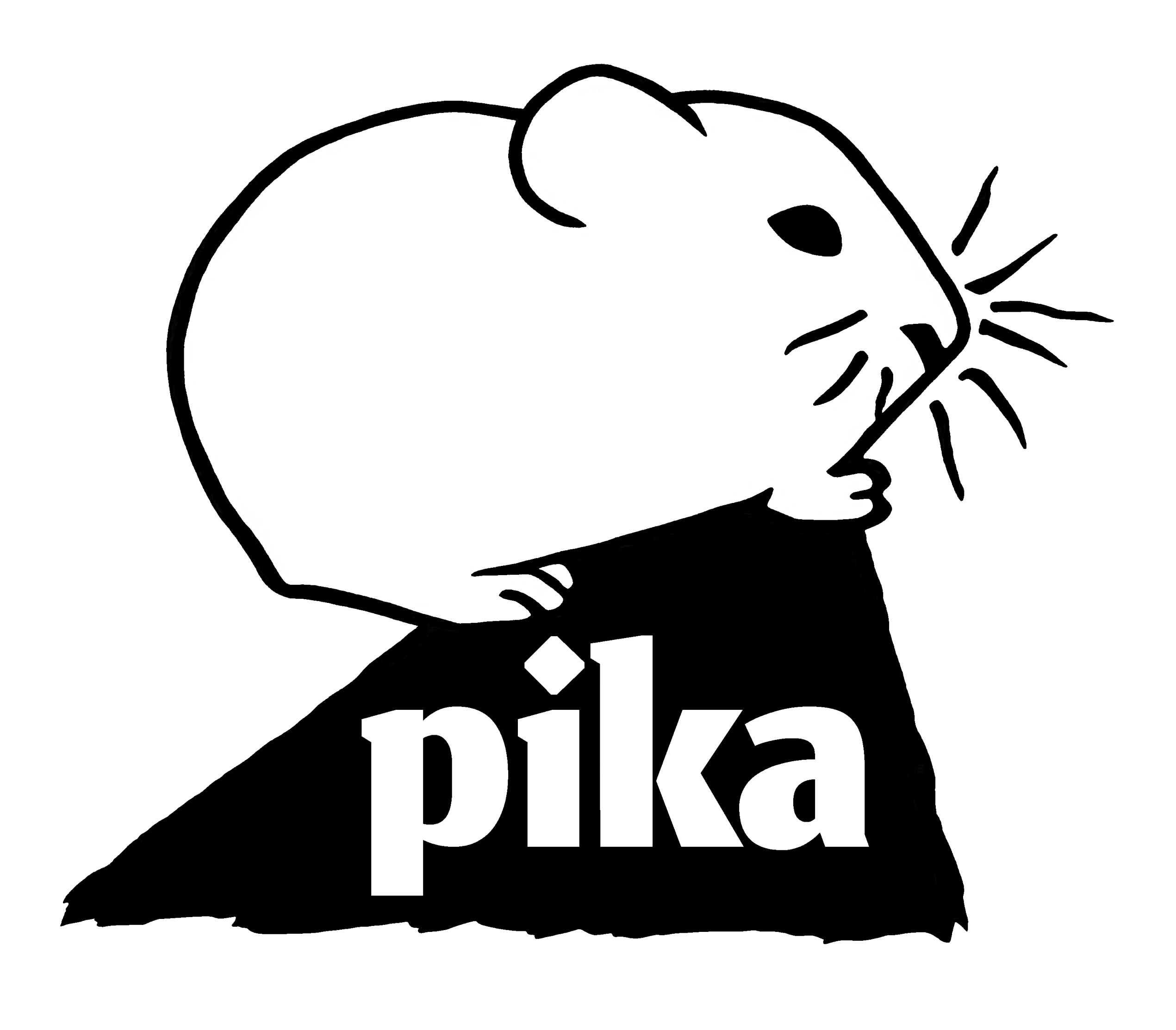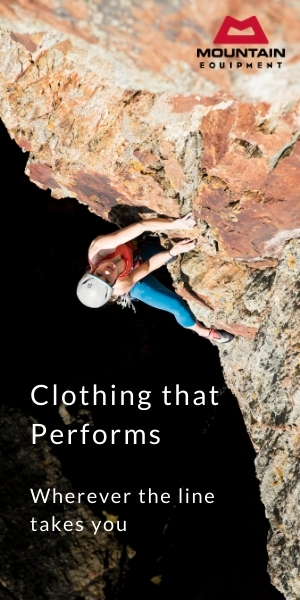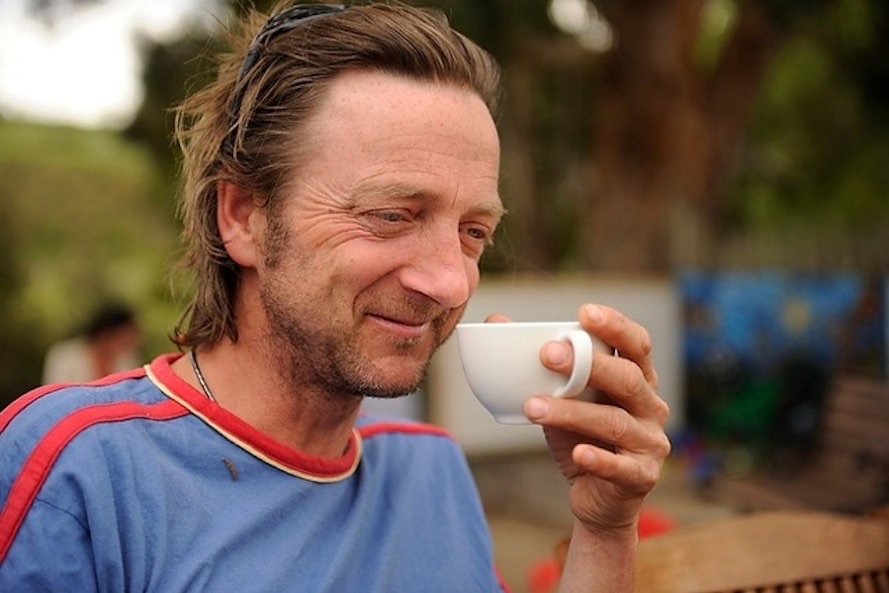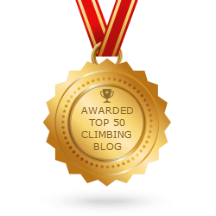GUEST ARTICLE - Rock climbing chalk is one of the least expensive and most overlooked pieces of equipment in our climbing gear setup. However, its environmental impact can be one of the biggest of all our gear. With Earth Day just around the corner, Matt from Pika.life looks at a few of the impacts that climbing chalk has on our environment, and what we can do about them.
How Is Chalk Mined?
Let's start at the beginning, how chalk is made and why it matters. Powdered chalk is made of magnesium carbonate, which comes from mining a mineral called dolomite.
The extraction process begins by blasting off the rock and removing dust with powerful water jets. Next, the ore is ground up into powder form to be added to liquid slurry for drying purposes, but this cools down the slurry too much so it can’t contain as many particles: meaning there will still be some larger pieces that are left in the finished product (the powdered chalk). The crystals are then separated out using centrifuges or filters. Finally, they’re crushed into chunks or sold as granules.
In areas of heavy dolomite mining, airborne particles settle and cover the landscape. The environment suffers from contamination and habitat loss. This can lead to an overall negative impact on both plants and animals that rely heavily upon these environments for survival.
How Much Chalk Do Rock Climbers Use?
It’s hard to say exactly, but we can make an educated guess.
As of 2020, there are around 25M rock climbers globally. Before switching to liquid chalk, I personally used about three to four 16 ounce (0.6 kilogram) bags of chalk per year. To be conservative, let's say the average climber uses just two bags of chalk per year. That means, on average, the climbing population could be using around 50 million pounds of chalk per year. In other words... A lot of chalk!
What Negative Impact Does Chalk Have?
There are several ways loose or powdered chalk can pose a threat to our environment. Individually, they’re cause for concern but hardly warrant outrage. However, when you add them all together and multiply by 25M climbers plus the rapidly growing number of climbers globally, it's easy to see how we could have a full-blown crisis on our hands in the not-so-distant future.
Chalk permanently defaces our natural landmarks
It’s no secret powdered chalk leaves visible marks on the rock. While we like to think that mother nature will simply wash off the tickmarks and handprints with the next rain shower, that's often not the case. Chalk can stay on the wall like graffiti, especially in arid regions, on porous rock types, during long dry spells and on overhung cliff faces.
In some places, chalk never comes off unless cleaned off, which, let’s be honest, rarely happens and the act of brushing can cause issues itself. Further, chalk builds up on holds over time, often gunking up popular routes so badly they become changed forever even if this is simply from a visual perspective. We’ve all seen much worse ways humans have defaced nature, but we’re kidding ourselves if we think our chalk usage is totally innocent on this front.
This is one of the main reasons popular climbing spots like the Shawangunks in New York, are starting to ban powdered chalk and only allow liquid chalk. In fact, just last month the popular Garden of the Gods park in Colorado banned chalk completely. It's only a matter of time before other areas follow suit.
Those not-so-innocent micro spills
Admittedly, mine pollution is likely orders of magnitude greater than what we rock climbers do to our local crags. However, I can't tell you how many times my own chalk bucket or bag has been knocked over, dropped, or landed on, spilling a small pile of chalk in the weeds and dirt. At busy climbing spots, I'm sure it happens to someone every day.
There's not much, if any, research that focuses precisely on these kinds of chalk micro-spills. However, it's quite possible that the soils and microhabitats under and around those small chalk spills are negatively impacted in similar ways to how the soils and ecosystems are impacted by nearby chalk mines.
Destroys local flora and fauna
Climbing chalk likely alters the pH and nutrient conditions on rocks, which may affect rock‐dwelling organisms. In one study that sought to measure the impact of chalk on rock-dwelling plants, researchers discovered elevated climbing chalk levels on 65% of sampling points without any visual traces of climbing chalk. In other words, damage is being done even when there are no visible traces of chalk.
In a study published by Ecology and Evolution, researchers measured the potential impact on four ferns and four moss species in an experimental setup in a climate chamber. The experiment showed significant negative, though varied effects of elevated climbing chalk concentrations on the germination and survival of both ferns and mosses.
While there may be disagreements in the scientific community whereas exactly how much damage is being done, it is widely accepted that harm is indeed being done to our flora and fauna.
What Can We Do To Lessen Our Impact On The Environment?
Climbing is a great way to enjoy nature, stay in shape, and meet new people. It can also be a wonderfully guilt-free activity if we take some simple steps to lessen our impact on the surrounding environment.
Use less chalk
While one of the simplest changes you can make, it's also one of the hardest. Chalking up is often a nervous habit and quickly becomes an automatic ritual. Resisting the urge to chalk up three times before starting each climb and every 30 seconds thereafter is a hard habit to break.
Reducing our chalk usage can help in theory, but it’s hard to put into practice. Especially when your hands are slick with sweat, you’re halfway up a route, and you’re stuck trying to hold onto a tiny crag or slippery sloper. It’s quite reassuring to dip back into the chalk bag for a quick rechalk before crushing the crux move and sending the rest of the route. Instead of chalking up again, I often wipe my hands on my clothes or even a small towel, but sometimes that’s just not enough.
Use a chalkball instead of loose chalk
Chalkballs can avoid producing clouds of chalk and limit excessive use often found when using loose chalk, they also help if your chalkbag is accidentally knocked over by limiting the spill.
Use colored chalk or wipe down routes after climbing
Colored chalk can reduce the graffiti of white holds and tick marks left behind on popular routes, but that’s about the only benefit over regular chalk. Still, some national parks in the states prohibit chalk that doesn’t match the color of the local rock, so it may be worth considering.
If you’re feeling ambitious and have plenty of time on your hands, you can also carefully brush off and wipe down any chalk you leave behind as you go. If brushing it's important to use a very soft brush to avoid rock damage.
Switch to liquid chalk
Liquid chalk is not a perfect solution, but it’s a darn good one. If you’re not familiar, liquid chalk is chalk in a creamy form. It typically consists of magnesium carbonate and alcohol, plus a few other natural and/or synthetic ingredients.
You spread a small dollop across your hands, wait a few seconds for the alcohol to dry, and you’re chalked up and ready to climb for a lot longer than you would be with a single application of powdered chalk, significantly reducing the amount of 'raw' chalk needed.
Just make sure to avoid liquid chalks that contain pine rosin (AKA colophony, pine resin, pine tar, sap, and pitch). Pine rosin is extremely sticky, which can be useful for gripping slippery surfaces, but it also gums up and builds up on climbing holds. Because it’s not water-soluble, rain won’t wash it away, and thus it can ruin routes forever.
Where Do We Go From Here?
We rock climbers love our sport, we love our gear, and we love our chalk. Let’s make sure we love our planet too.
By simply being more mindful of our choices when it comes to climbing chalk we can preserve our natural landmarks for generations to come. If you’re feeling inclined to make a change in your gear this Earth Day, I would love for you to give our Pika Liquid Chalk a try.
Our zero-slip liquid chalk formula provides extra grip and stays on your hands a very long time. It doesn’t easily rub off on holds or fall off to the ground. You’ll chalk up less frequently than you would by using other liquid chalks and use a lot less chalk overall.
 Additionally, Pika uses organic ingredients whenever possible. We also use extremely pure, high-grade magnesium carbonate and 100% compostable packaging. Organic, high-quality ingredients and compostable materials make our products safer for our customers, our employees, and the environment.
Additionally, Pika uses organic ingredients whenever possible. We also use extremely pure, high-grade magnesium carbonate and 100% compostable packaging. Organic, high-quality ingredients and compostable materials make our products safer for our customers, our employees, and the environment.
We’re currently offering readers of Chalkbloc an exclusive 25% OFF discount. Head over to Pika.Life and enter the coupon code: CHALKBLOC25 at checkout.
By Matt Sparks, Pika CEO












